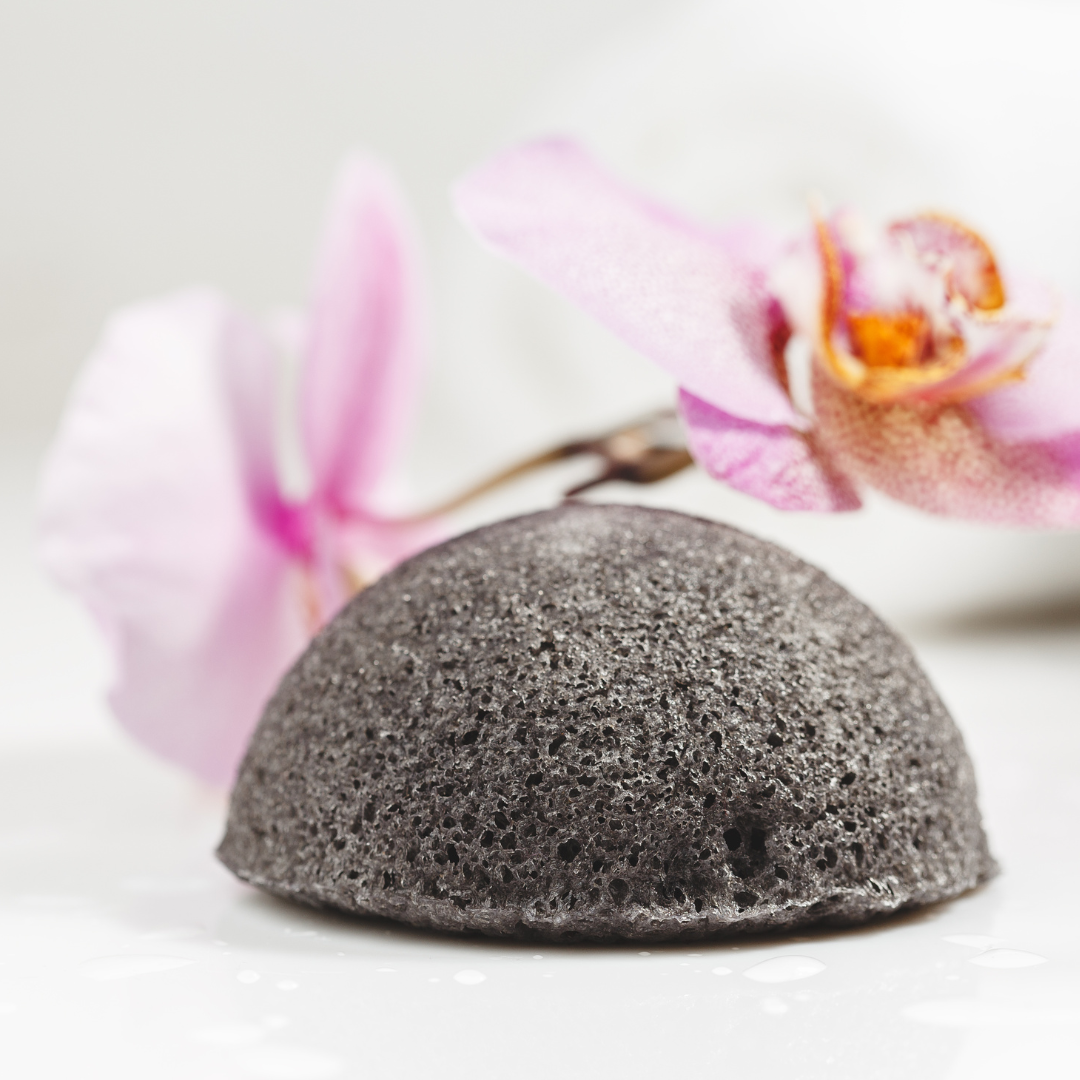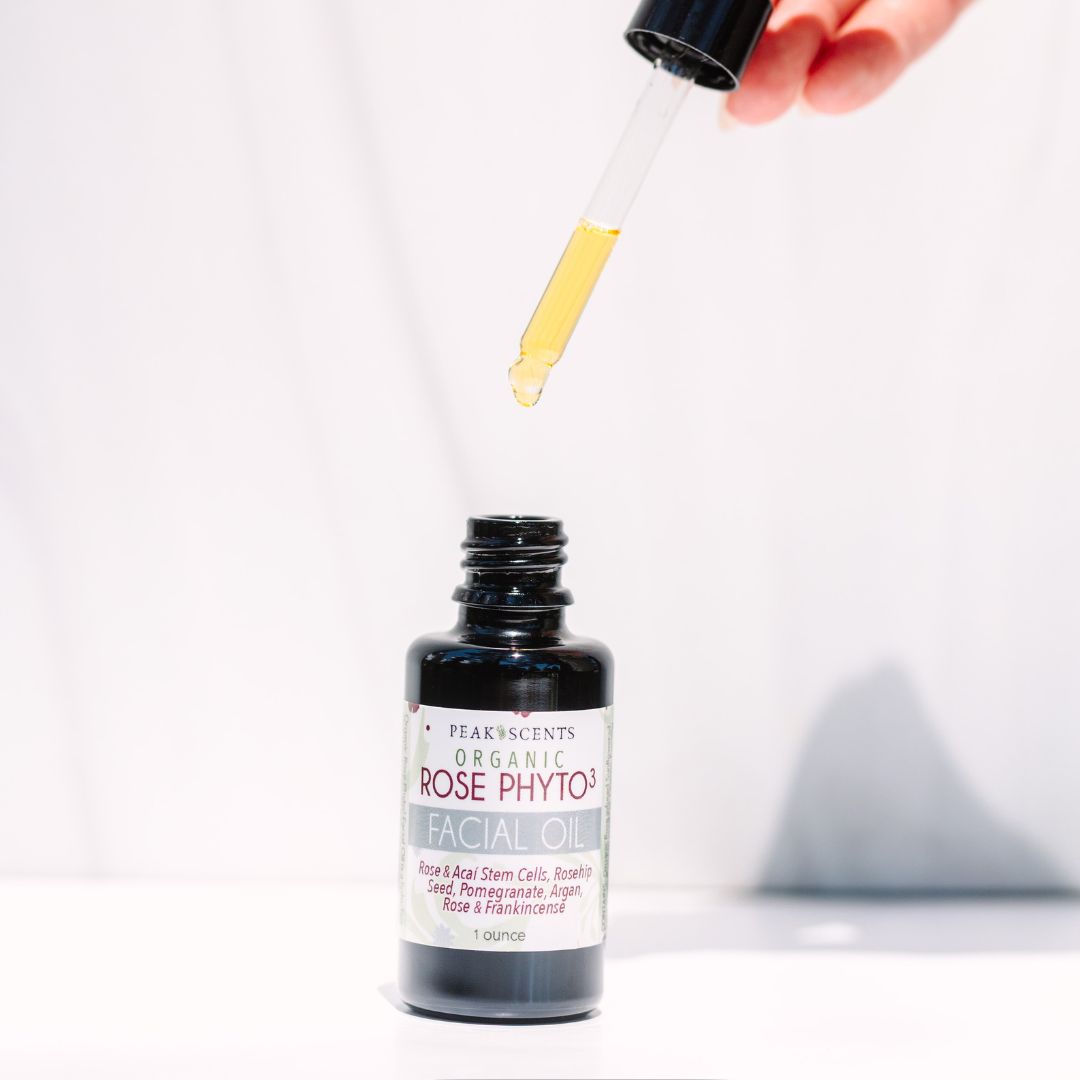If you’re a skincare enthusiast and haven’t been using the Japanese konjac sponge, you’re in for a real treat! Konjac root is an ancient and time-tested beauty secret that has been used for centuries to effectively cleanse and refresh skin. Commonly found in Asia, these sponges have recently become all the rage internationally because of their natural, chemical-free sponginess and ability to give skin a gentle facial cleansing exfoliation. But why is this simple sponge loved by many? In this blog post, we will discuss what makes the Japanese Konjac Sponge stand out amongst other face cleansing tools.

WHY SHOULD I USE A KONJAC SPONGE?
The konjac sponge is a truly amazing skincare product! Made from organic Konjac potato, its 97% water composition is enriched with minerals and free of any chemicals, coloring, additives, or irritants. Konjac has been used for centuries in China, Korea, and Japan as food, a dieting aid, for its medicinal properties, and even a beauty aid. Konjac is perfect for those with sensitive skin, as it was originally made to be gentle enough for delicate baby skin. Our favorite part? -It's totally biodegradable! It really is incredible to be able to use a product that has been around for over 1500 years in skincare.
Highlights of the konjac sponge include:
- 100% Natural Vegetable Fiber
- Packed with Minerals & Antioxidants
- Non-toxic
- Earth-Friendly
- Naturally Sustainable
- Kind to the environment and Skin
- 100% Additive-Free
- 100% Free from Impurities and Pollutants
- 100% Cruelty Free and Certified Vegan
- 100% Coloring-Free
- 100% Biodegradable
We carry two types of konjac sponges: Green Tea and Charcoal. Both offer unique benefits that let you experience healthier, younger-looking skin! The Green Tea Konjac Sponge has the addition of antioxidant properties, helping to fend off free radicals that can damage your skin over time - perfect for improving elasticity and keeping your skin looking fresh. Meanwhile, if your skin is prone to breakouts and excess oil, then our Charcoal Konjac Sponge is the ideal buy for you. Thanks to its activated carbon and minerals, it can help reduce oily build-up and keep bacteria away from any blemishes. In short, there's a Konjac Sponge suited for everyone.

HOW DO I USE A KONJAC SPONGE?
When you first take a konjac sponge out of the packaging, it may seem unusually hard - but don't worry! To get your sponge prepped for use all you have to do is soak it in water for 30-90 seconds until its nice and soft. Then you can use either side of the sponge on your face, keeping in mind that the rounded side is more exfoliating than the flat side. Be sure to massage in small circular motions to clear out any grime in the pores as gently as possible. The fact that the sponge retains water so well ensures that moisture forms an extra barrier between your skin and fibers which minimizes potential irritation or damage from too much exfoliation.
Get the most out of your Konjac Sponge by using it with our foaming face wash for acne or cleansing milk for dry skin. It's not just great at removing makeup, but also excess oil that accumulates throughout the day. When you're finished, rinse off under cold water and gently squeeze between your palms to remove any gunk—just don't twist, wring, or pull! To preserve its shape and texture longer-term, hang it up by its string or on a rack once all extra water is removed so air can flow around it as much as possible.

HOW DO I KNOW WHEN IT'S TIME TO GET A NEW KONJAC SPONGE?
If used regularly, you should replace yours every 2-3 months because it's made from organic material and won't last forever. Keep an eye out – if your sponge stops expanding properly or the bottom looks rough and crumbly, it’s time to bid farewell.
Pro tip: soak your sponge for three minutes in two cups of filtered water with 10 drops of tea tree oil every couple of weeks for an extra disinfectant effect.

